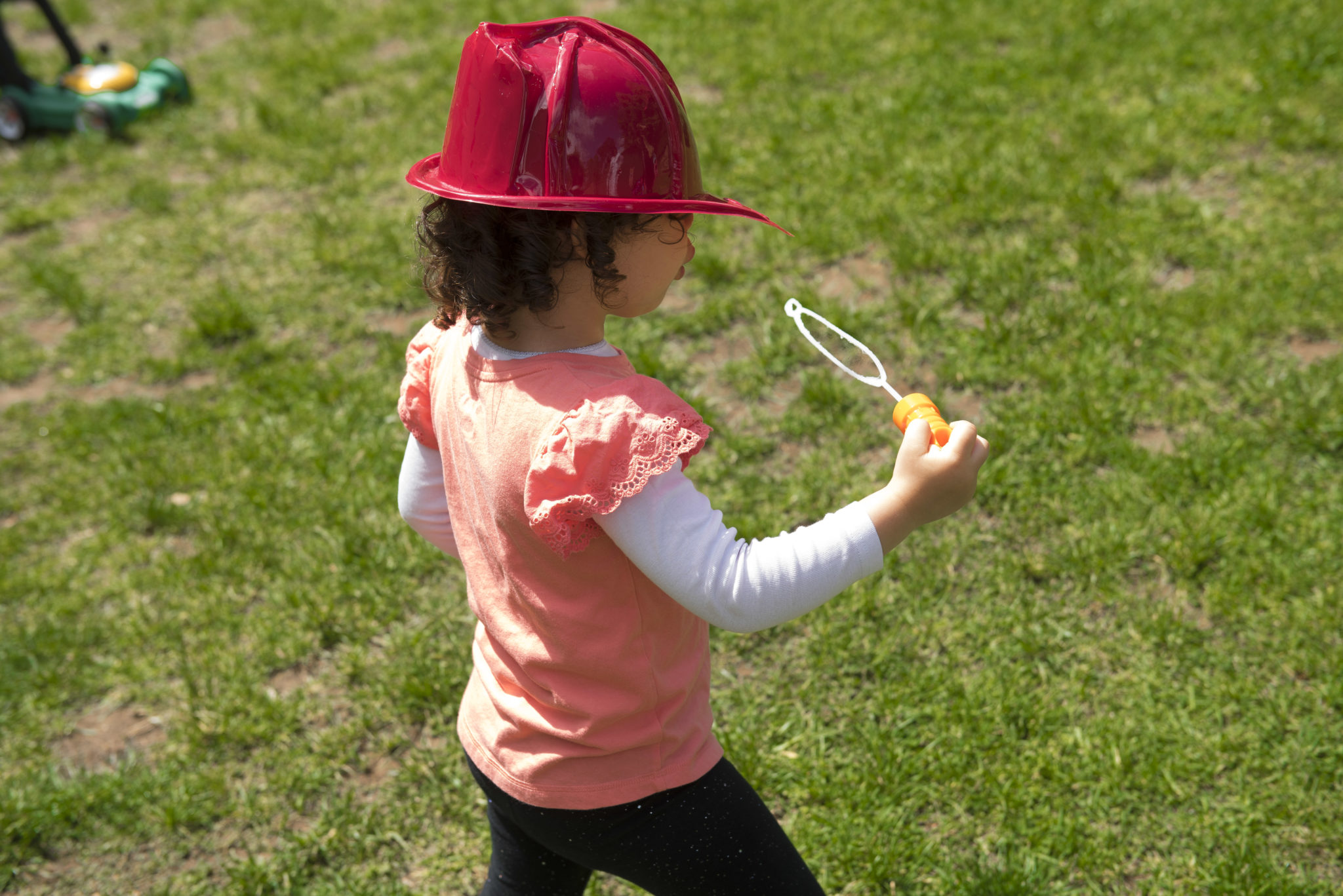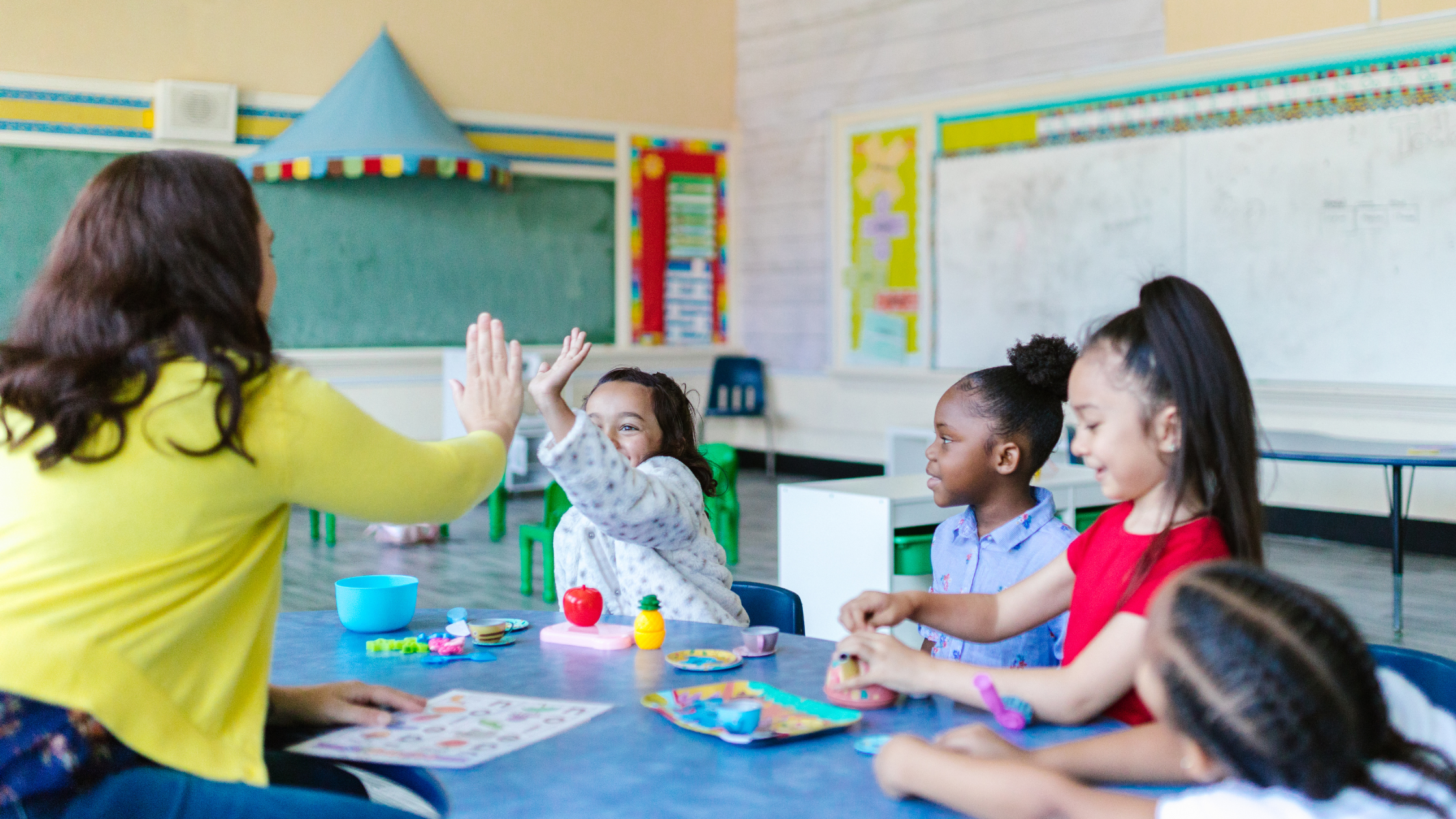You may have noticed news about increased rates of sickness among young children. In particular, there have been increased rates for respiratory syncytial virus (RSV), influenza (flu) and COVID-19, as COVID-19 prevention efforts have shifted away from using masks and many people are spending more time in settings with more people than they had over the last couple of years. This has left us with increased rates of illness and hospitalization among young children. Child care programs are experts in disease prevention and have led the way in implementing disinfection and handwashing and monitoring children for illness. It is more important than ever to continue efforts to reduce transmission of illness in child care settings.
Every year, “flu season” (October through May) results in increased illness among people of all ages. Flu can be especially serious for young children under age 5 and people with chronic medical conditions (e.g., asthma, diabetes, heart disease, etc.). Every year, between 7,000 – 26,000 young children are hospitalized for flu and over 100 children die. During recent flu seasons, 90% of people hospitalized with flu had a least one underlying medical condition. Both the American Academy of Pediatrics and Centers for Disease Control and Prevention (CDC) recommend that all individuals aged 6 months and older should receive a flu vaccine every year. This is the best way to prevent hospitalization and severe illness.
RSV is a common virus that affects the lungs and breathing passages. In most people, RSV is a mild illness with cold-like symptoms in adults. However, it can cause severe illness in very young children and older adults. Nearly all children get an RSV infection by the time they are 2 years old. One to two out of every 100 children younger than 6 months of age with RSV infection may need to be hospitalized. Symptoms may be difficult to spot, given that the children at highest risk are infants who cannot communicate in the same way as older children. Symptoms to watch for include: irritability, decreased activity, decreased appetite and apnea (pauses in breathing more than 10 seconds). Most importantly, if a child has trouble breathing, medical care is likely needed.
Finally, for nearly three years, COVID-19 has been present in the United States. While many of the broad COVID-19 prevention measures have been relaxed, we now benefit from access to vaccines for everyone aged 6 months and older. In addition, child care programs continue to reduce spread through a variety of prevention measures, including hand washing, disinfection and monitoring for illness. COVID-19 vaccination is the most effective way to reduce risk for severe illness.
As we all work together to prevent illness over the fall and winter, there are prevention measures that work in child care and other spaces:
- Stay up to date on vaccines for flu, RSV and COVID-19
- Wash your hands often
- Keep your hands off your face
- Avoid close contact with sick people
- Cover your coughs and sneezes
- Clean and disinfect surfaces
- Stay home when you are sick
Resources:
American Academy of Pediatrics, Recommendations for Prevention and Control of Influenza in Children, 2022–2023
Centers for Disease Control and Prevention: CDC Recommendations for Prevention and Control of Seasonal Influenza, 2022-23
Centers for Disease Control and Prevention: RSV in Infants and Young Children
Centers for Disease Control and Prevention: 6 Things to Know About COVID-19 Vaccination for Children
Child Care Aware of America, COVID-19 Vaccines for Young Children
Vaccinate Your Family: Current Flu Season


-1.png?width=2240&height=1260&name=Untitled%20design%20(11)-1.png)



